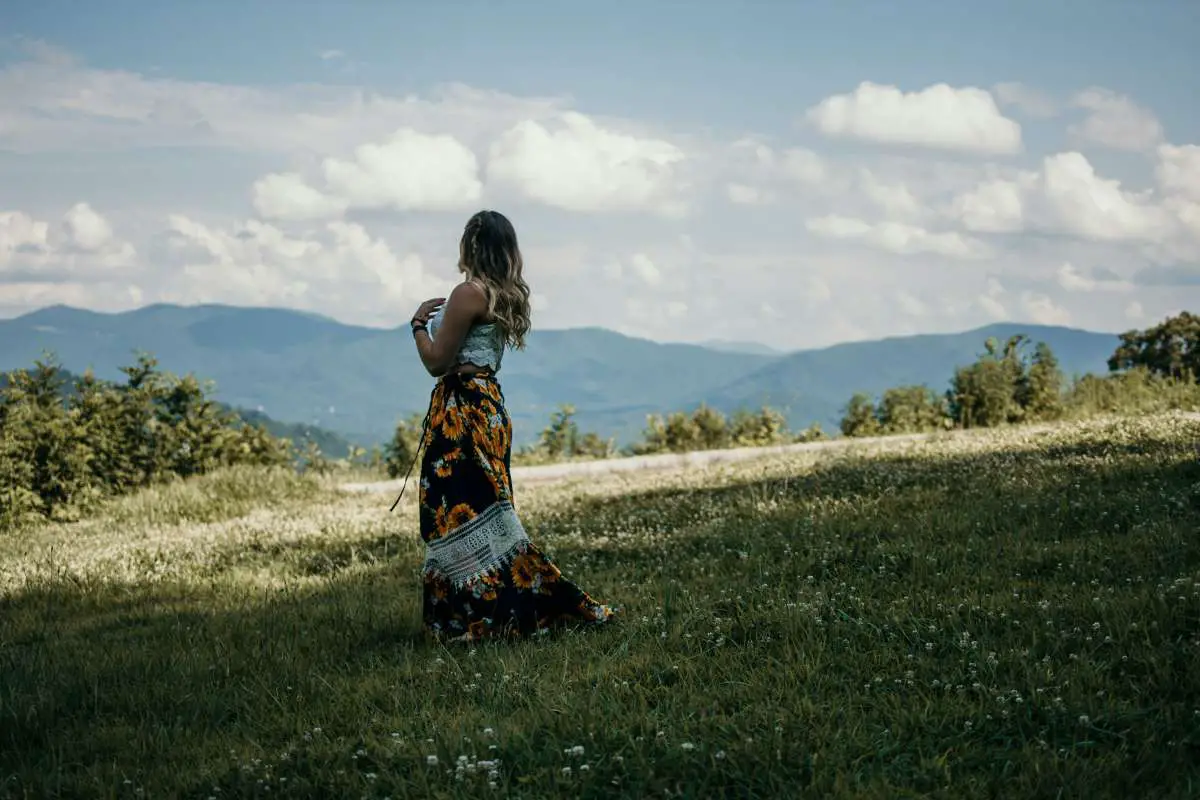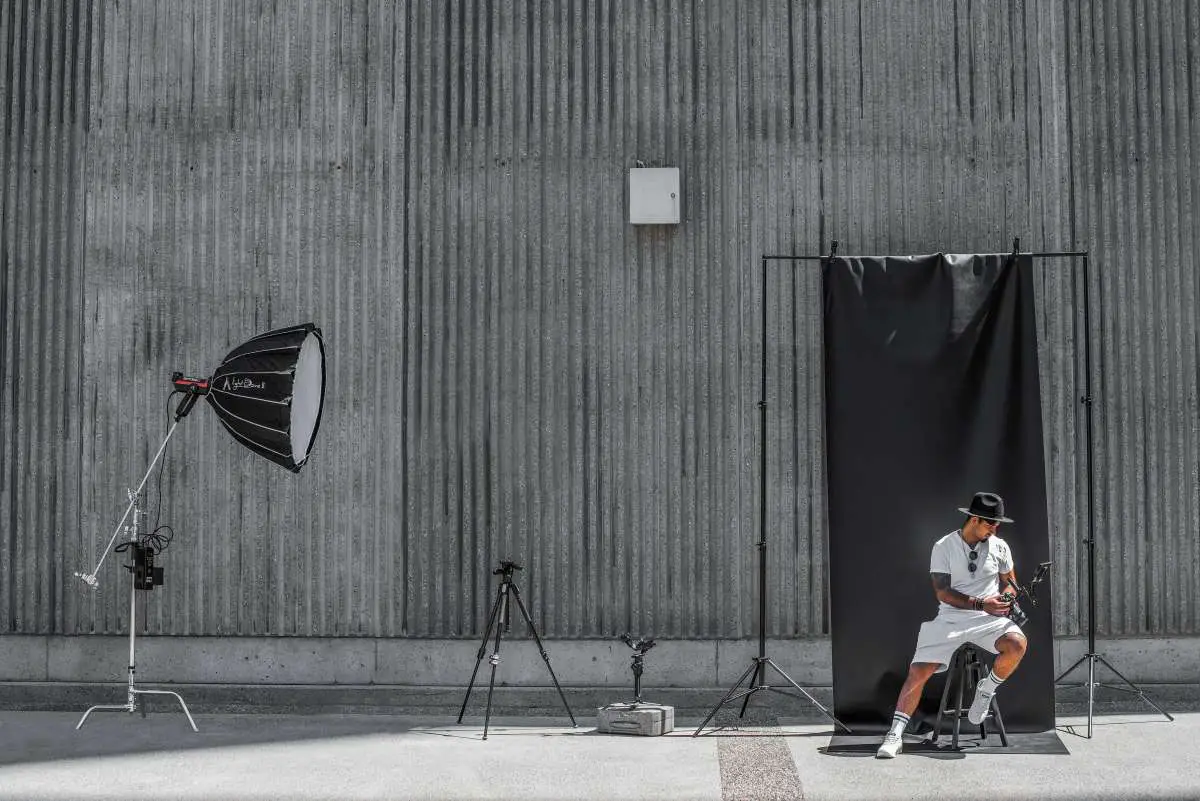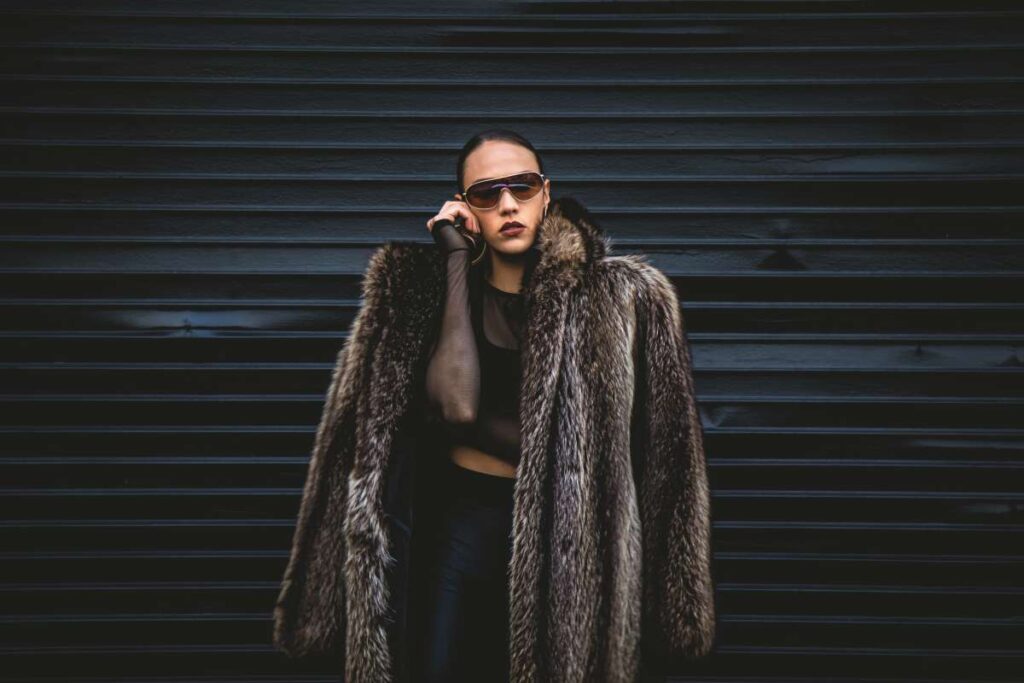Outdoor fashion photography offers a dynamic backdrop, a range of lighting options, and opportunities for creative expression without needing expensive studio equipment.
However, it takes careful planning, scouting, and technical skills to make the most of an outdoor setting.
Below are practical tips for elevating outdoor fashion photography, helping you capture memorable shots highlighting the model and the attire.
Let’s get straight to the point
Outdoor fashion photography is a versatile and budget-friendly alternative to studio shoots, offering a variety of creative possibilities.
Key tips include selecting a model that fits the brand’s style, scouting and choosing locations that complement the clothing, and utilising natural light effectively by shooting at optimal times like golden hour.
Creating a strong narrative enhances the photo's impact, while a relaxed rapport with the model fosters authentic shots. Adjust camera settings for clarity and focus using a low ISO and aperture priority mode.
Collaboration with designers and quality gear, including a high-resolution camera, lens, and reflectors, further ensures a successful, visually striking shoot.
Choosing the Right Model

The model is a crucial element in outdoor fashion photography as it ties in with the style and aesthetic of the brand. The following guidelines will help you make the right selection:
- Conduct Auditions: Invite potential models for a trial photoshoot to evaluate their compatibility with the concept and attire.
- Observe Confidence and Flexibility: Choose models who can naturally convey the story behind the clothing and are open to taking direction.
- Evaluate Physical Characteristics: Some models work well in natural settings, while others excel in studio environments. Ensure your selection aligns with the outdoor theme and style.
Why Model Selection Matters
Selecting a model who resonates with the clothing and brand style significantly impacts the final image. A model comfortable in outdoor settings will enhance the photo’s authenticity, while one who struggles to connect with the environment may appear out of place.
Scouting the Perfect Location
The location sets the tone of the photo shoot and complements the model’s attire. Here are tips for finding the right spot:
- Research Beforehand: Visit potential locations in advance. Doing this allows you to assess lighting, background colours, and textures to see if they suit the clothing style.
- Look for Season-Appropriate Settings: Seasonal elements should enhance the theme, such as a spring look photographed in blooming landscapes or a fall look with autumnal leaves.
- Consult with Locals: If you’re new to the area, locals can be a valuable resource for hidden spots that may provide unique backdrops.
Location’s Role in Fashion Photography
The background should complement the clothing, not overpower it. A well-chosen location adds depth to your fashion story, making it feel grounded in the environment and enhancing the overall impact.
Framing and Background Selection
While the model is the main focus, the background plays an essential supporting role. Use these tips to perfect your background selection:
- Avoid Cluttered Backgrounds: Keep the background simple to avoid distracting from the model. Neutral, open spaces are often ideal for focusing on the attire.
- Use Natural Features: Incorporate natural elements, such as trees, mountains, or water, to give the image an organic feel.
- Consider Colors: Choose a background that contrasts well with the clothing to ensure the model stands out. For example, a dark forest backdrop can make light-coloured clothing pop.
The Importance of Background in Outdoor Shoots
A well-thought-out background adds a layer of narrative to your photograph. It should harmonise with the model’s attire and the story behind the brand without overwhelming the subject.
Timing for Optimal Lighting
The time of day dramatically affects outdoor fashion photography. Natural light changes throughout the day, so plan accordingly:
- Avoid Harsh Midday Sun: Direct sunlight can cast unflattering shadows and create overexposed areas. Instead, aim to shoot in the early morning or late afternoon.
- Golden Hour Magic: Shooting during the golden hour, shortly after sunrise or before sunset, provides warm, soft lighting that flatters both the model and attire.
- Utilise Overcast Days: Cloudy days offer diffused lighting, reducing harsh contrasts and shadows, perfect for close-up shots.
The Role of Timing in Outdoor Fashion Photography
Timing directly influences the quality of lighting in outdoor shots. By choosing the right moment, you can create softer, more balanced lighting that enhances the model's appearance and the clothing details.
Leveraging Natural Light and Reflectors
Mastering light manipulation is key to effective outdoor photography. Here’s how to get the best results from natural light and simple tools:
- Utilise a Reflector: Reflectors bounce natural light back onto the model, filling in shadows and adding a balanced glow. A basic white or silver reflector is versatile for outdoor shoots.
- Experiment with Flash and Natural Light: Combining flash with natural light can add depth. Try placing the sun behind the model for a backlit effect and use flash to highlight their features.
- Use Open Shade: Open shade, such as the shadow of a building or tree, softens sunlight while maintaining natural tones and brightness. It’s a useful setup for maintaining colour balance without overexposure.
Importance of Lighting in Outdoor Fashion Photography
Lighting defines the mood and brings out the model’s best features. By combining natural light with reflectors or gentle flash, you can achieve a polished look by highlighting the clothing and the setting.
Storytelling and Conceptualizing the Shoot
Every successful fashion photo tells a story that resonates with the audience. To create a strong narrative, follow these tips:
- Develop a Concept: Think about the message behind the clothing line. Is it casual, elegant, or adventurous? Align your location, model’s poses, and background elements with this concept.
- Incorporate Movement: Encourage the model to move naturally within the setting. Candid shots or subtle motions like walking or adjusting clothing can add realism to the story.
- Create Visual Interest: Props, accessories, or landscape elements complementing the concept can enhance the storytelling. Be mindful not to overshadow the attire with excessive props.
The Power of a Well-Crafted Story
A clear narrative transforms a simple photoshoot into a memorable visual experience. The photo becomes more engaging and relatable by tying each element to the overall concept.
Building Trust with the Model
An essential part of successful outdoor fashion photography is creating a relaxed environment where the model feels at ease. Here are some strategies:
- Provide Clear Directions: Explain the story and the poses or expressions you seek. This helps the model understand the concept and move naturally.
- Offer Positive Feedback: Encouraging words can boost the model’s confidence, which will reflect in their posture and expressions.
- Respect Comfort and Boundaries: Consider the model’s comfort, especially in challenging outdoor settings. Happy, comfortable models will produce better results.
Why Model Comfort Matters
A model who feels valued and at ease will be more expressive and relaxed, leading to authentic, impactful photos. Trust between the model and photographer is essential to capturing genuine emotion.
Essential Camera Settings for Outdoor Fashion
Adjusting your camera settings for the natural environment is critical. Here are optimal settings for outdoor fashion shoots:
- Aperture Priority Mode: Set a low f-stop (e.g., f/2.8) for a shallow depth of field, allowing the model to stand out against a blurred background.
- Low ISO: Outdoor settings often provide ample light. Use a low ISO (100–200) to prevent overexposure and keep images sharp.
- Centre-Weighted Metering: This method focuses the metering on the model, helping to balance the exposure levels between it and the background.
- Continuous Shooting Mode: Models often move during a shoot, so use continuous shooting mode to capture multiple shots quickly. This setting helps you catch candid moments.
Camera Settings’ Impact on Outdoor Photography
Each setting ensures clarity, focus, and proper exposure. You enhance the model’s appearance and the surrounding scene by fine-tuning these aspects.
Collaborating with the Designer

Working closely with the designer ensures the photos align with the brand’s vision. Here’s how to foster a successful collaboration:
- Review the Lookbook: Ask the designer for a lookbook or sketches to understand the collection’s theme and details.
- Discuss Ideas: Share your location and styling ideas, and be open to suggestions from the designer. They may have insights that could enhance the photo’s appeal.
- Seek Feedback: Check in with the designer during the shoot to ensure the shots capture the intended aesthetic.
Importance of Designer-Photographer Collaboration
The designer’s input can add depth and detail, ensuring the final images align with the brand’s image and appeal to the target audience.
Recommended Equipment for Outdoor Fashion Photography
Professional equipment plays a crucial role in achieving high-quality results. Here’s a list of recommended gear for outdoor shoots:
- Camera: A high-resolution DSLR or mirrorless camera (e.g., the Nikon D3X) captures detailed, clear images suitable for outdoor settings.
- Lens: A versatile lens like a 70-200mm f/2.8 offers flexibility with focus and depth of field, enabling close-ups and wider shots.
- Reflector and Diffuser: Compact reflectors and diffusers are valuable tools for managing natural light without bulky equipment.
Gear’s Role in Fashion Photography
Using quality equipment enables you to focus on creative direction while ensuring consistency in the technical aspects, such as clarity and lighting.
Conclusion
Outdoor fashion photography offers a fresh, dynamic alternative to studio work. You can craft stunning, memorable images by carefully selecting models, scouting locations, and planning lighting.
Remember to build a strong rapport with the model, incorporate thoughtful storytelling, and use your technical knowledge to capture the brand's essence. Preparation and creativity will make your outdoor fashion photoshoots impactful and visually captivating.
FAQs About Outdoor Fashion Photography
To summarise the various subgenres of fashion photography:
- Commercial Photography for a Catalog.
- To put it mildly, it's a high fashion level.
- Style for the streets.
- Clothing as seen in editorials.
One subset of photography, known as "fashion photography," focuses specifically on garments and related accessories.
Although Baron Adolphe De Meyer is generally acknowledged as the first fashion photographer, Edward Steichen is widely recognised as a groundbreaking figure in the development of contemporary fashion photography and a major figure in the development of photography in the 20th century.
Also called "urban" or "candid" photography, "street" photography combines elements of fashion and documentary photography.
There is a strong focus on everyday fashions, as worn by actual people in the real world.
Photographers that do "street fashion" do it in public settings, capturing individuals as they interact with one another and the public environment.
A fashion photographer is someone who uses their knowledge of photography and camera equipment to take photographs of models posing in a specific brand of clothing or accessorising in a specific way.
The model is given instructions in order to get the desired results for their clientele.

